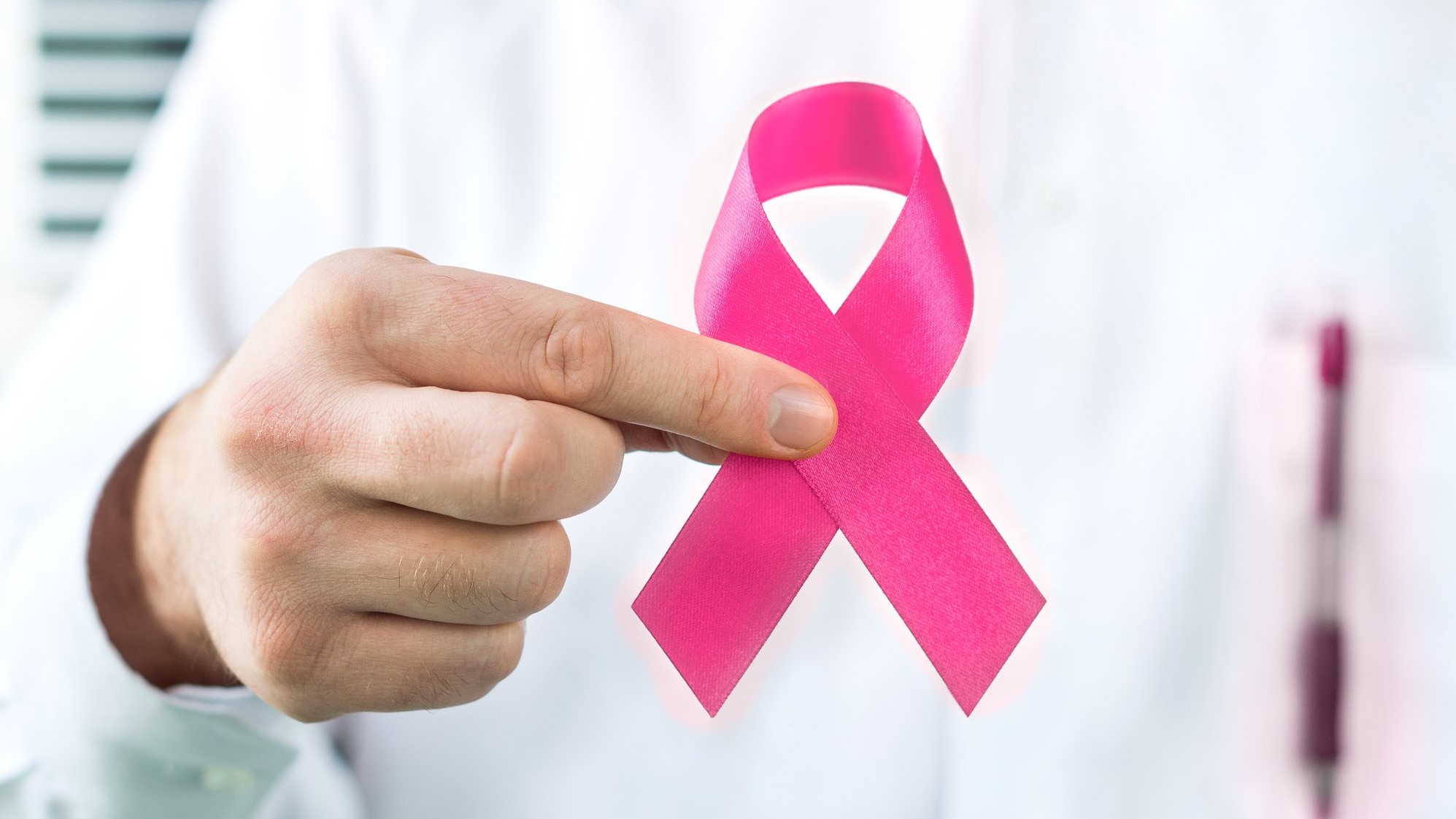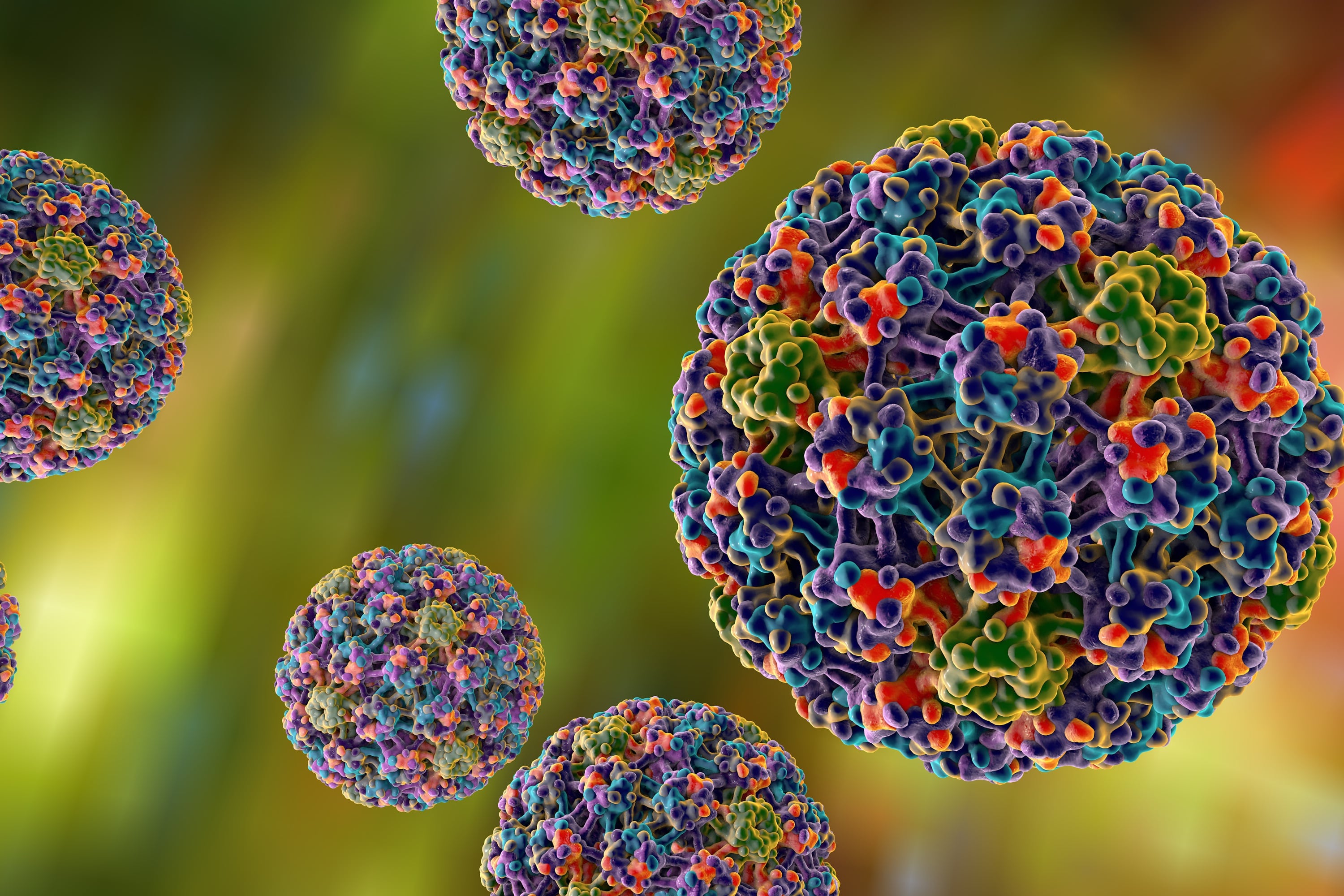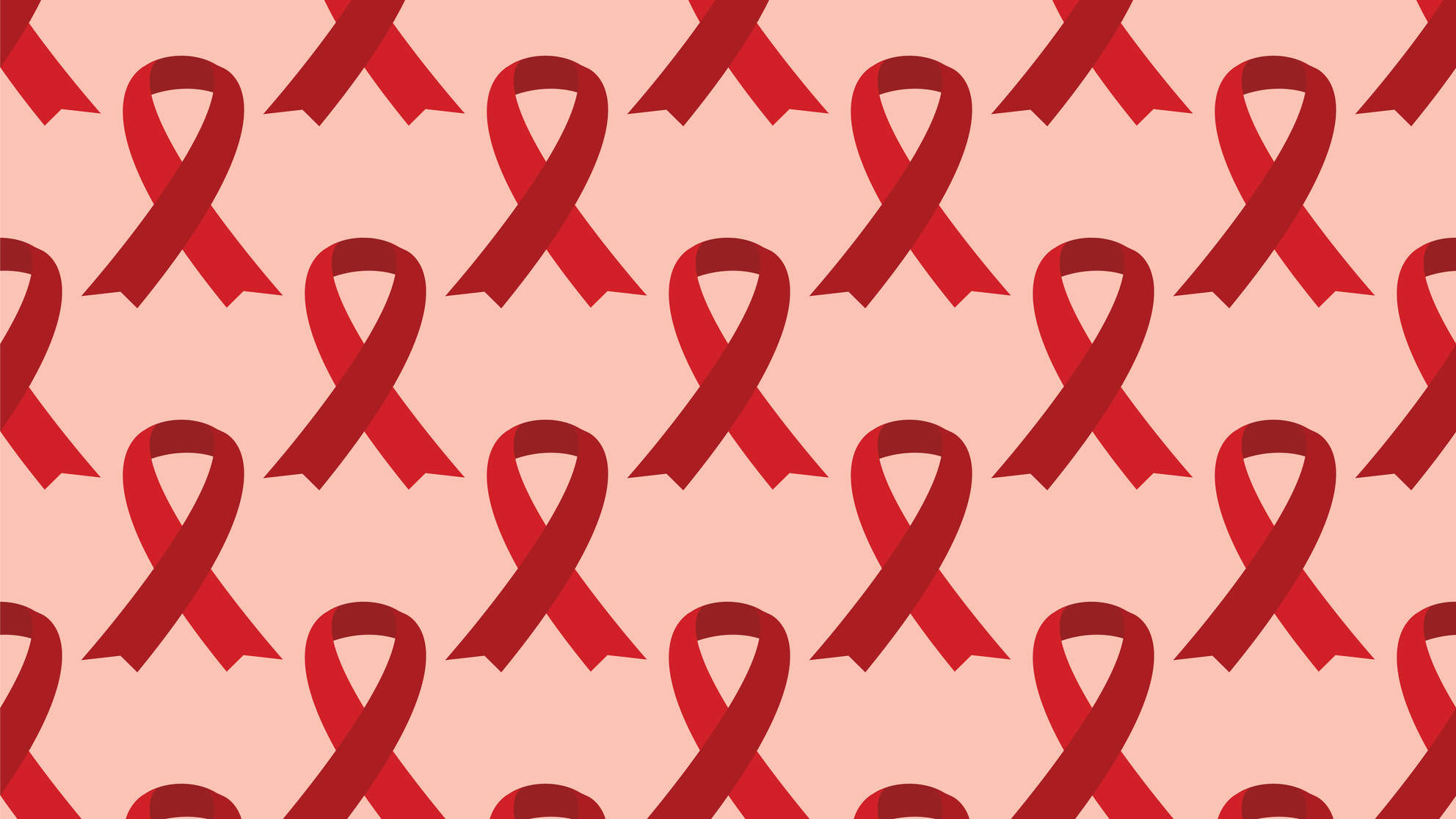HIV, or human immunodeficiency virus is one of the major epidemics that has plagued the world for decades. Researchers have been working for a long time to develop a cure for the virus while the number of people affected by HIV continues rising.
[fvplayer id=”2017″]
What does the data say about HIV?
 In 2017, the number of people infected by the virus reached nearly 37 million. Of these, 35 million are females. However, despite the increasing number of infected females, clinical trials involving the disease have been exclusively focused on male patients.
In 2017, the number of people infected by the virus reached nearly 37 million. Of these, 35 million are females. However, despite the increasing number of infected females, clinical trials involving the disease have been exclusively focused on male patients.
Recent data has suggested that studies and clinical trials focused on developing cures and vaccines for AIDS are mostly participated in by male patients. It is a well-known fact that the biology and molecular makeup of a woman’s body are vastly different from a man’s. As a result, treatments and vaccines tested on men may not adequately work on female bodies.
How the immune system differs
 This has resulted in acute danger to the lives of women who are suffering from this disease. An example of the difference in the immune system of the two sexes was demonstrated by the New York Times.
This has resulted in acute danger to the lives of women who are suffering from this disease. An example of the difference in the immune system of the two sexes was demonstrated by the New York Times.
A flu shot given to a female resulted in a much better immune response as compared with their male counterparts. Similar phenomena are seen when it comes to HIV. Women tend to have a stronger response against the virus in the first five to seven years, but the immune system gets weaker over the years.
Researchers will now be focusing on developing clinical trials that are focused on a cure and vaccine for female HIV patients.
“If we’re going to find a cure, it’s important that we find a cure that works for everybody,” said Rowena Johnston, Director of Research at AMFAR.









